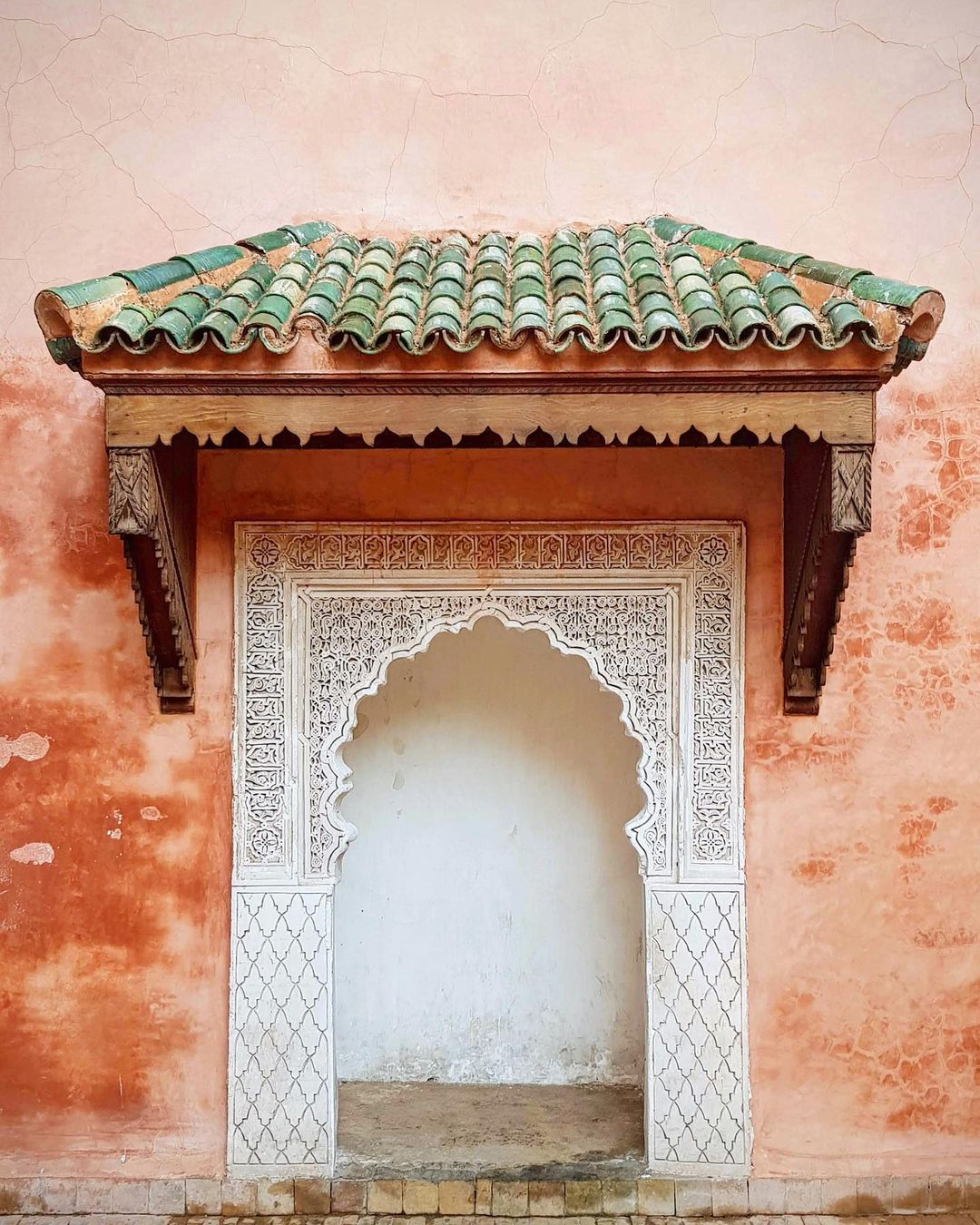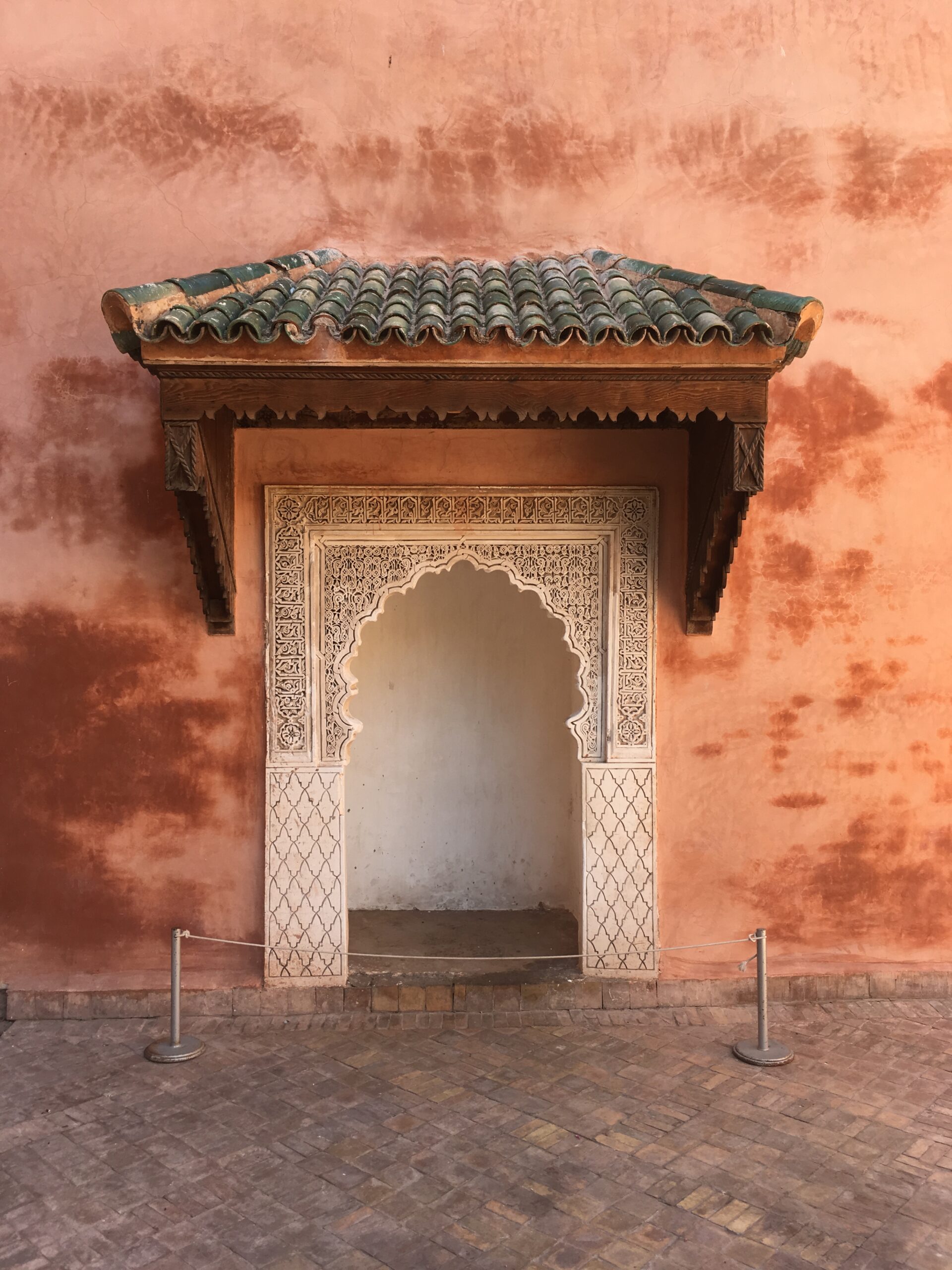Berlin, Germany
Haus der Kulturen der Welt
Known locally as "the pregnant oyster," this center for the arts was a gift from the US to Berlin in 1957.

Photo Credit: Henk Van Weerd

Photo Credit: Flori
After being deliberately walled up in the 18th century, the Saadian Tombs were all but left to the memories of those who had witnessed their magnificence. Two hundred years later, the Tombs were rediscovered in 1917 and their architectural beauty was unveiled to the world once again.
Located next to the Kasbah Mosque in Marrakesh, the Tombs house remains of significant figures from the Saadi Dynasty who ruled from 1549 to 1659. Although officially constructed in the late 16th century, the first known usage of the site as a burial ground was recorded in the 14th century when Sultan Abu al-Hasan was buried there temporarily before being moved to his final resting place.
The catalyst for creating the Tombs was a murder. While entrenched in conflict with the Ottomans, Mohammed ash-Sheikh, the founder of the Saadi Dynasty, was assassinated in 1557. Ottoman soldiers had entered the military claiming to be deserters, and were able to get close enough to kill the Sultan. He was laid to rest in a simple grave in the site that would become the Tombs.
Yet, it wasn’t until the reign of his son Ahmed el-Mansour that the site was developed into the necropolis that it is today. Mansour ruled from 1578 to 1603 and during that time expanded the burial ground to include the construction of two lavish mausoleums. Mansour’s mausoleum, known as the Hall of Twelve Columns, was constructed in Italian Carrara marble and decorated in gold.
When Sultan Moulay Ismail assumed power, he wasted no time in erasing any evidence of the Saadi Dynasty. Yet, when it came to the Tombs, he decided to wall them up instead of destroying them for fear of committing sacrilege. The ruins of the Tombs were later uncovered and have since been restored.
 31.6171026, -7.9890373
31.6171026, -7.9890373
Need an account? Sign up
This site is protected by reCAPTCHA and the Google Privacy Policy and Terms of Service apply.